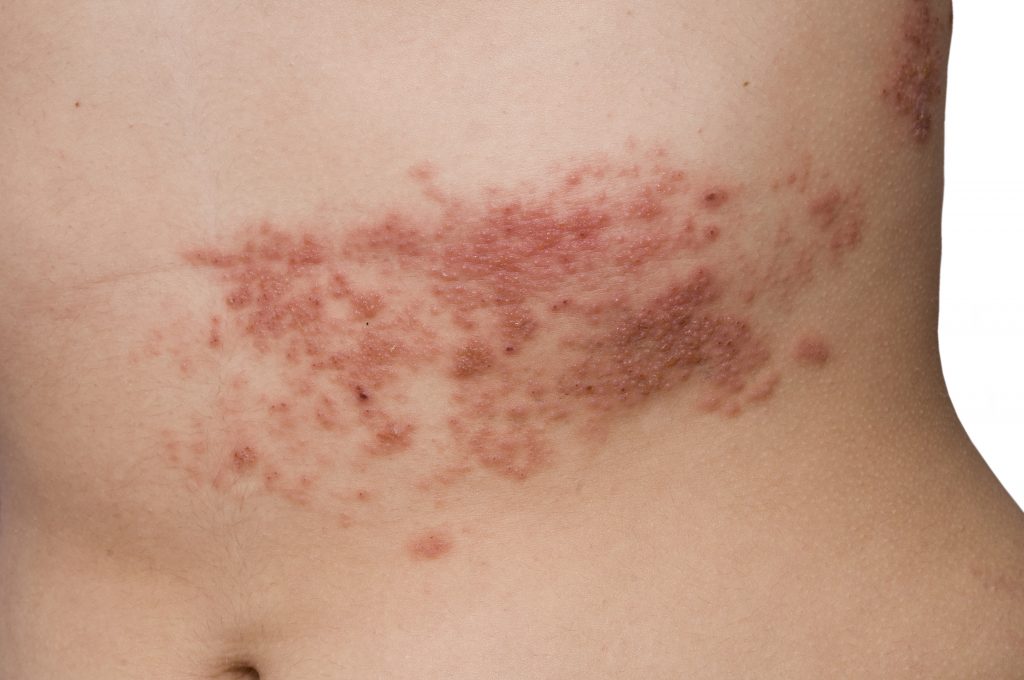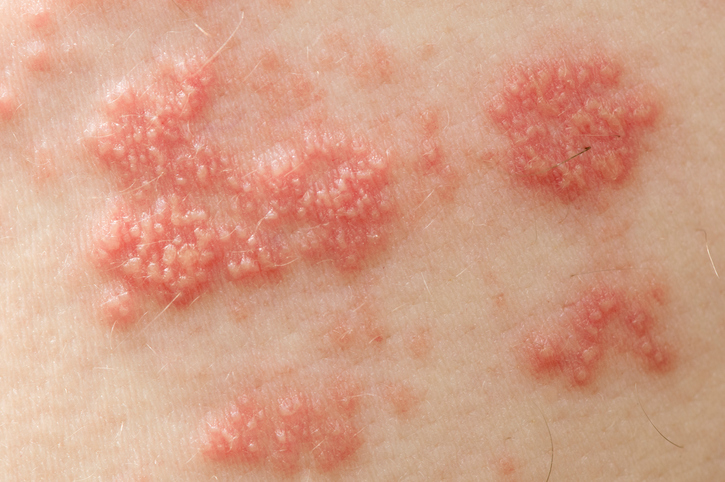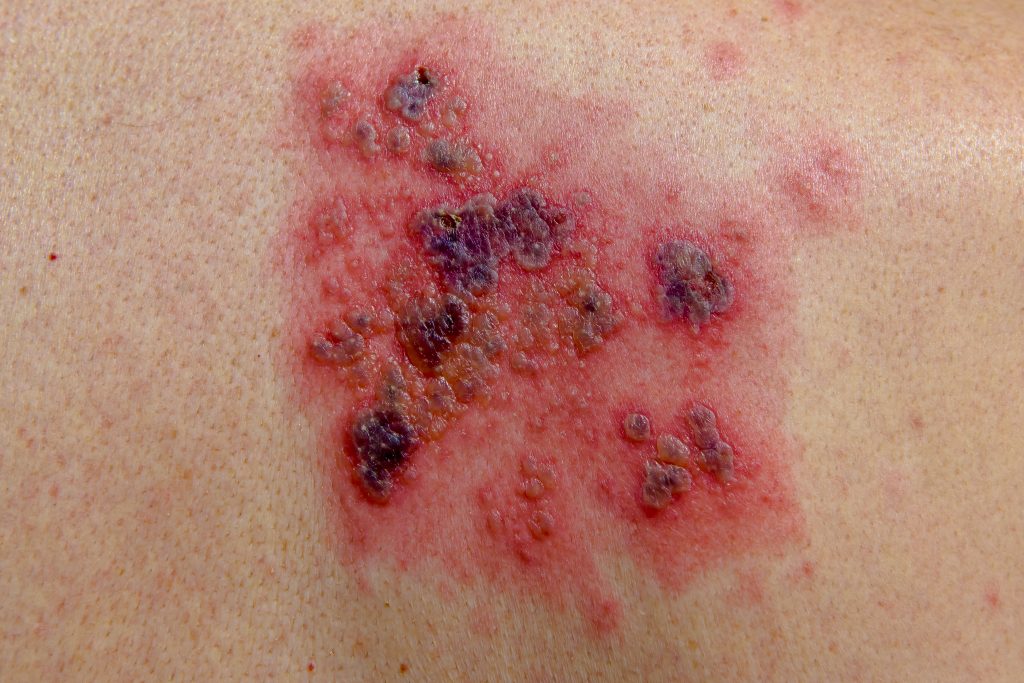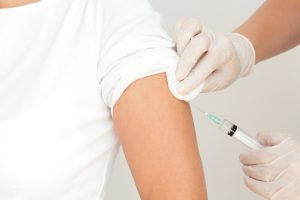Shingles Treatments from U.S. Dermatology Partners
What Are Shingles?
Shingles, also known as herpes zoster, is a painful skin rash that occurs when the virus that causes chickenpox reactivates.
Typically, shingles appears on a small area on one side of the face or body. The rash is often painful because it travels up nerve roots (which supply sensation to your skin) to the area of skin supplied by those specific nerve roots.

Shingles is a painful skin rash that occurs when the virus that causes chickenpox reactivates.
Find This Service Near You
Who Is at Risk for Shingles?
Anyone who has had chickenpox can get shingles, but people over the age of 50 are at greater risk.
Shingles is most common in older adults and those with weakened immune systems because of stress, injury, underlying conditions or certain medicines and immunosuppressant medications.
Unlike chickenpox, it is possible to get shingles more than once.
Shingles Symptoms

The shingles virus causes raised red bumps and blisters on the skin.
The symptoms of shingles appear gradually and in stages, beginning with a headache, sensitivity to light and flu-like feelings. During the second stage, pain, itching or tingling occurs. Shortly thereafter, the area will produce a rash, which will then become a cluster of blisters that can take 2-4 weeks to heal.
A rash can appear anywhere on the body, but will be on only one side – the left or right. First, the rash will form blisters, then scab over and eventually clear up. This could take several weeks.
The rash typically wraps around the body from the middle of the back toward the chest, but can also appear on the face and even around the eye. It is also possible to have more than one area of rash on your body at one time.
There are three basic stages of shingles:
Prodromal Stage (before the rash appears)
This stage includes pain, burning, tingling and/or numbness that occurs in the area around the affected nerves several days or weeks before a rash appears. This stage could also include flu-like symptoms (usually without a fever), as well as swelling and tenderness of the lymph nodes.
Active Stage (rash and blisters appear)

The shingles infection can scab over, causing dark blotchy patches on the skin.
During this stage, a band, strip or small area of rash appears and blisters begin to form. The rash can appear anywhere on the body, but will only be present on one side. Fluid inside the blisters is clear, but may become cloudy after 3-4 days.
Piercing pain may occur along with the skin rash and blisters may ooze, break open or crust over. Typically, the rash heals in 2-4 weeks, though some scars may remain.
Postherpetic Neuralgia (chronic pain stage)
Postherpetic neuralgia (PHN) is the most common complication of shingles and can last 30 days to several years. Symptoms include an aching, burning or stabbing pain in the area of the earlier shingles rash and extreme sensitivity to touch. Pain associated with PHN most commonly affects the forehead or chest and may make it difficult to eat, sleep and conduct daily activities.
Shingles can be confused with other conditions that cause similar symptoms such as an infection from herpes simplex virus (HSV), poison oak or ivy, impetigo or scabies. Likewise, the pain from PHN may be confused with symptoms of appendicitis, heart attack, ulcers or migraine headaches.
Shingles Treatments
Shingles is treated with antiviral medication as well as medications to alleviate pain. You should also practice good self care, including getting plenty of rest and eating healthy.
Shingles Prevention

The Centers for Disease Control and Prevention suggests that adults age 60 and over get the shingles vaccine.
A shingles vaccine has been developed to lower your chances of getting shingles and preventing the long-term pain called neuralgia that can occur after shingles.
*Results may vary by individual
